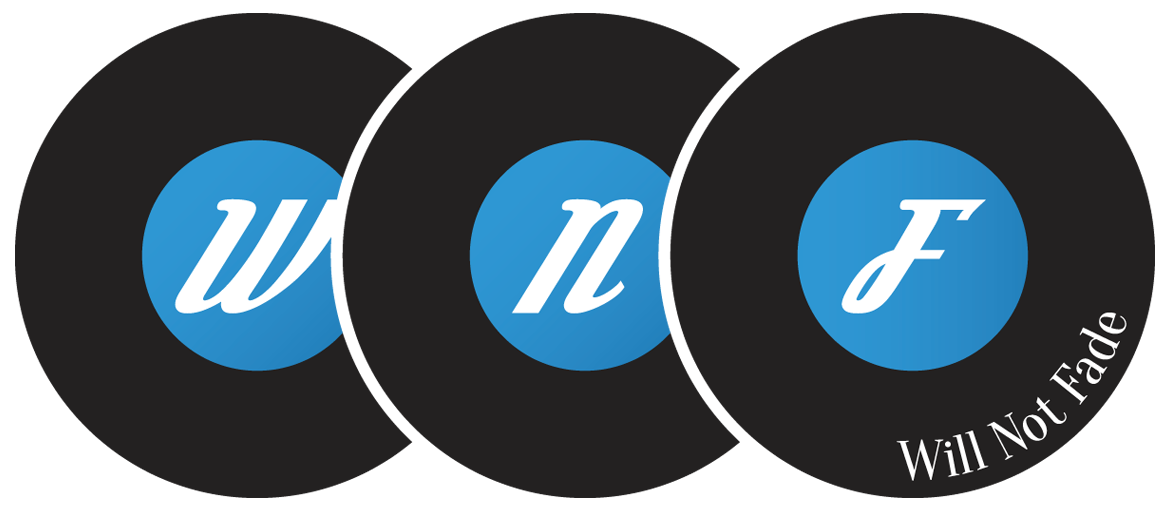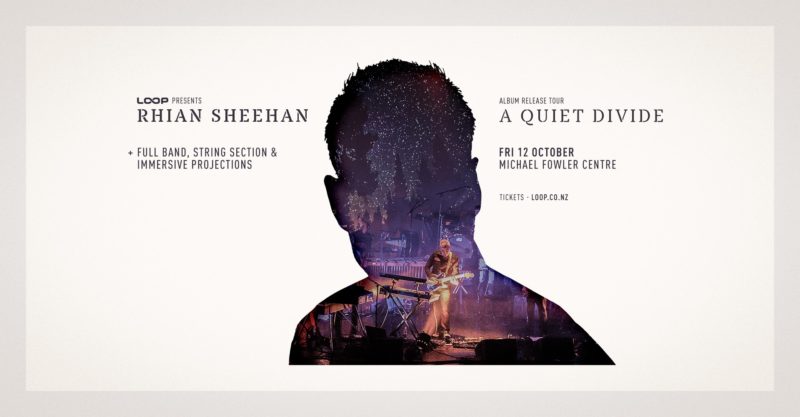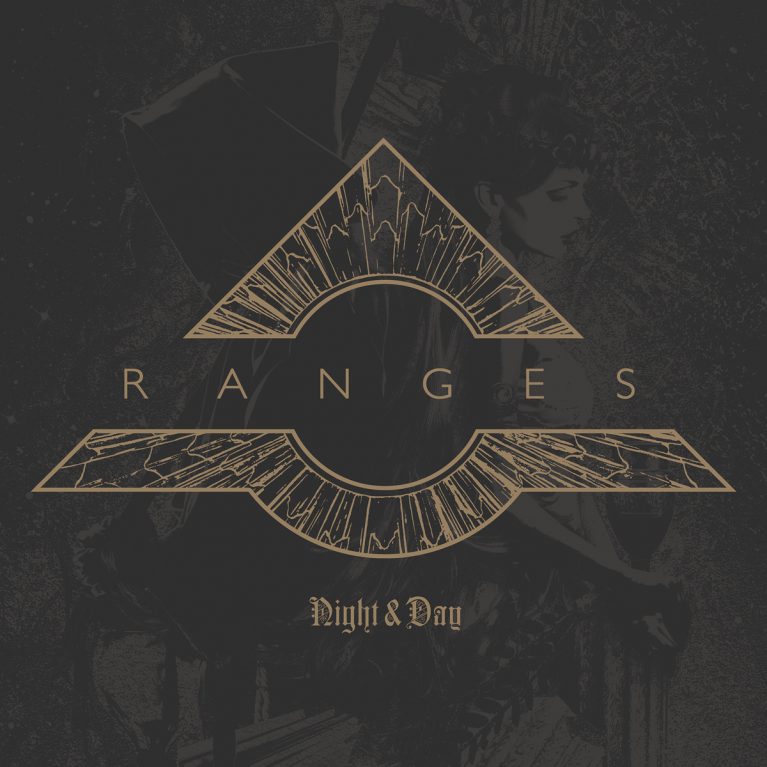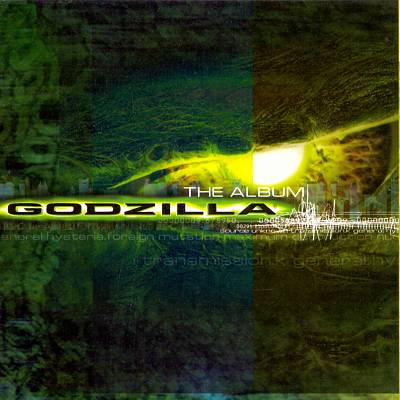Rhian Sheehan
Michael Fowler Centre, Wellington
Friday 12 October 2018
To say I was excited about this gig would be an understatement. Rhian Sheehan’s album Stories From Elsewhere is one of my favourite records. It helped me zone in as I wrote countless essays throughout university. It sets a calm and playful tone as I teach toddlers every day. It helps me unwind late at night, and makes me happy to be alive on sunny weekends.
Not to mention his other works. As a composer, Sheehan is prolific. I guess you have to be, if that’s what you do for a living. From his early electronica albums, to ambient soundtracks, to vivacious planetarium scores, to brand new album, A Quiet Divide, Sheehan’s works have never failed to inspire.
Arriving at my seat in the Michael Fowler Centre only increased the excitement. First off, it’s a great venue, known for brilliant acoustics, and especially suited to a show like this. Secondly, I’d bought tickets as soon as they came available, so had front row seats. Looking upon the stage sparked my imagination: drums, synths, a row of guitars, a grand piano, timpani drums, percussion rigs and an area for the string section. Such an array of instruments told of infinite possibilities.
As well as being a musical concert, it was also billed as a visual spectacular. The first thing that stood out was a prismatic disco ball hung above the stage. Three sheer mesh screens were draped from the ceiling, making a triangle around disco ball. A range of lights and multiple projectors were at the ready, and the room was slowly filling with atmospheric stage fog. Sheehan has been working with local special effects company Weta on a few projects recently, and in turn they’ve helped him to develop a visual show worthy of his music for these performances.
At 8pm the string section took their places, soon followed by Rhian Sheehan and the rest of the musicians. I recognised a few faces: Sheehan’s wife, Raashi Malik (formally of Rhombus), Steve Bremner from the recent The Adults show at Meow, Jakob guitarist Jeff Boyle, Ed Zuccollo with his signature mini-moog. A veritable star-studded line-up.
Golden lights bathed the stage in misty warmth. Strategically placed projectors shone images onto the mesh screens. The music – ah, such brilliant music – plays. Houston, we’ve hit Nirvana!
Of course it all looks incredible. The imagery varies greatly from song to song – sometimes as basic as geometric shapes, lines, boxes, pyramids… but always interesting. Images of spectral figures dancing about, of bustling cities; scenes of serene nature and of man-made destruction. Vast landscapes befitting of epic soundrack compositions. Ethereal animations alternate with powerful time-lapse footage. My favourite was “Soma Dreams”, which was similar to the video clip, with a flying whale, dancing woman and splashes of vibrant colour towards the end.
Of course the music was everything you’d hope for. Many of these songs have soundtracked my life for the past few years, and hearing them played live is electrifying. I write about mostly instrumental music on this blog, but seldom venture to the ambient or neo-classical end of the spectrum, so seeing a string section in a setting like this is a rare treat. And all the more interesting, with the electronic elements marrying the classical elements. Glitches and samples sat alongside harmonious swells. We heard wildly different versions of piano – with the traditional grand piano, and then the digital counterparts like synth and moog adding their own unique timbres. I appreciated little touches that deviate from the recordings – like Zucollo adding improvised solos on the moog, or the intense bass swells from the pedal-boosted cello – that made songs sparkle more in this setting.
This is evocative music. Songs that sweep you off your feet, grab you by the hand and tug you along on an adventure. Songs that explore the emotions that lie deep within the human psyche. Songs of beauty and joy. Samples of children’s music boxes and trickling streams, and busy traffic interplay with the music, grounding it and adding depth. This is the sound of magic.
The show was split into two sets, with a 20 minute intermission between. The first showed more new material, with fresh unseen visuals. The second set included more old video clips. The selection of music was diverse, with a good mix of old and new, studio songs and soundtrack work, and a few electronic tracks to spice up the sets. All up the show lasted two hours.
Rhain Sheehan is not a performer. He’s a studio musician who creates soundtracks for a living. But somehow he managed to bringing his other-worldly music to life in an unforgettable way, creating a audio-visual spectacle that completely enveloped the Michael Fowler Centre last night. I went in with high expectations, and left completely in awe.
Joseph James




